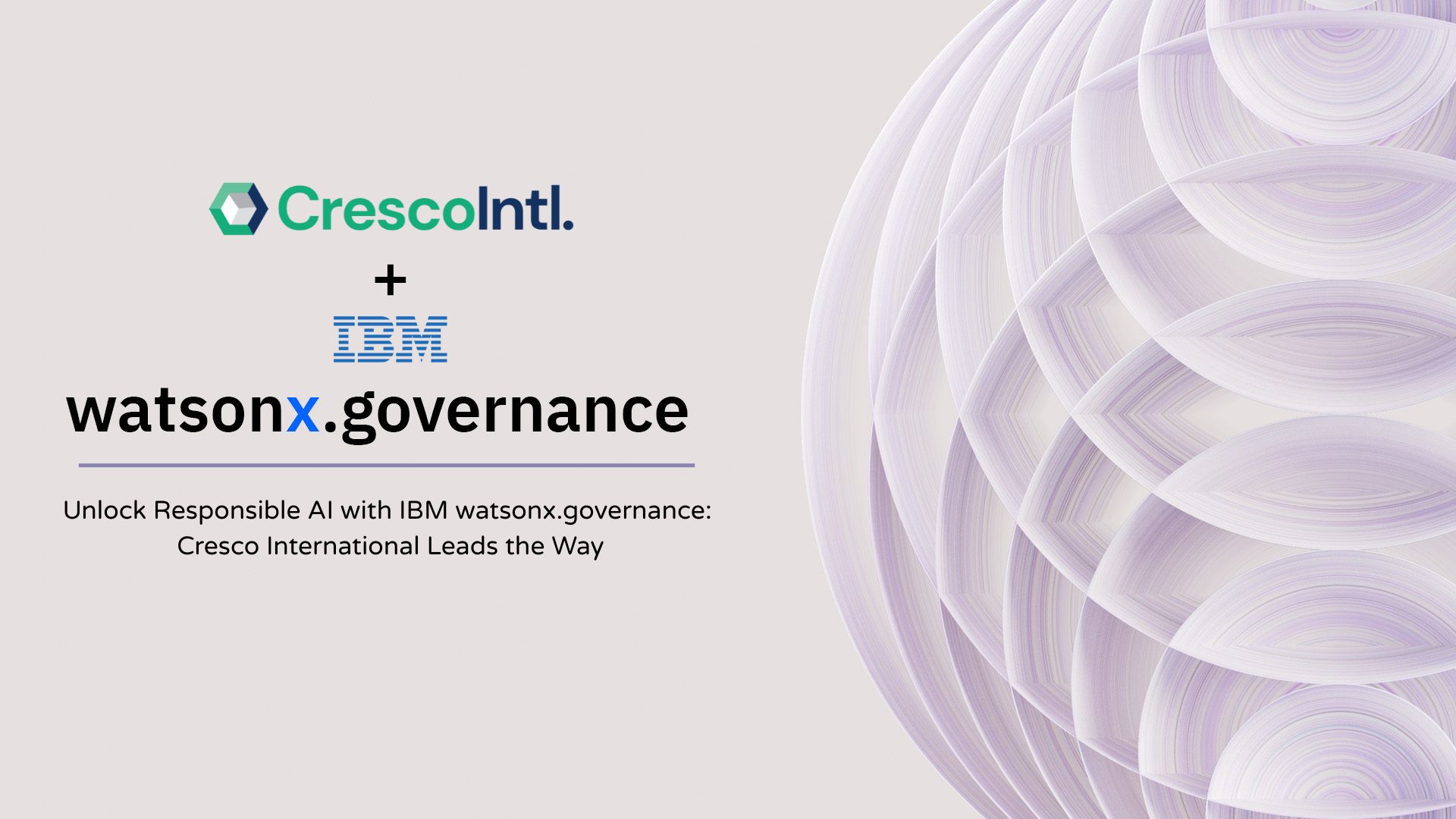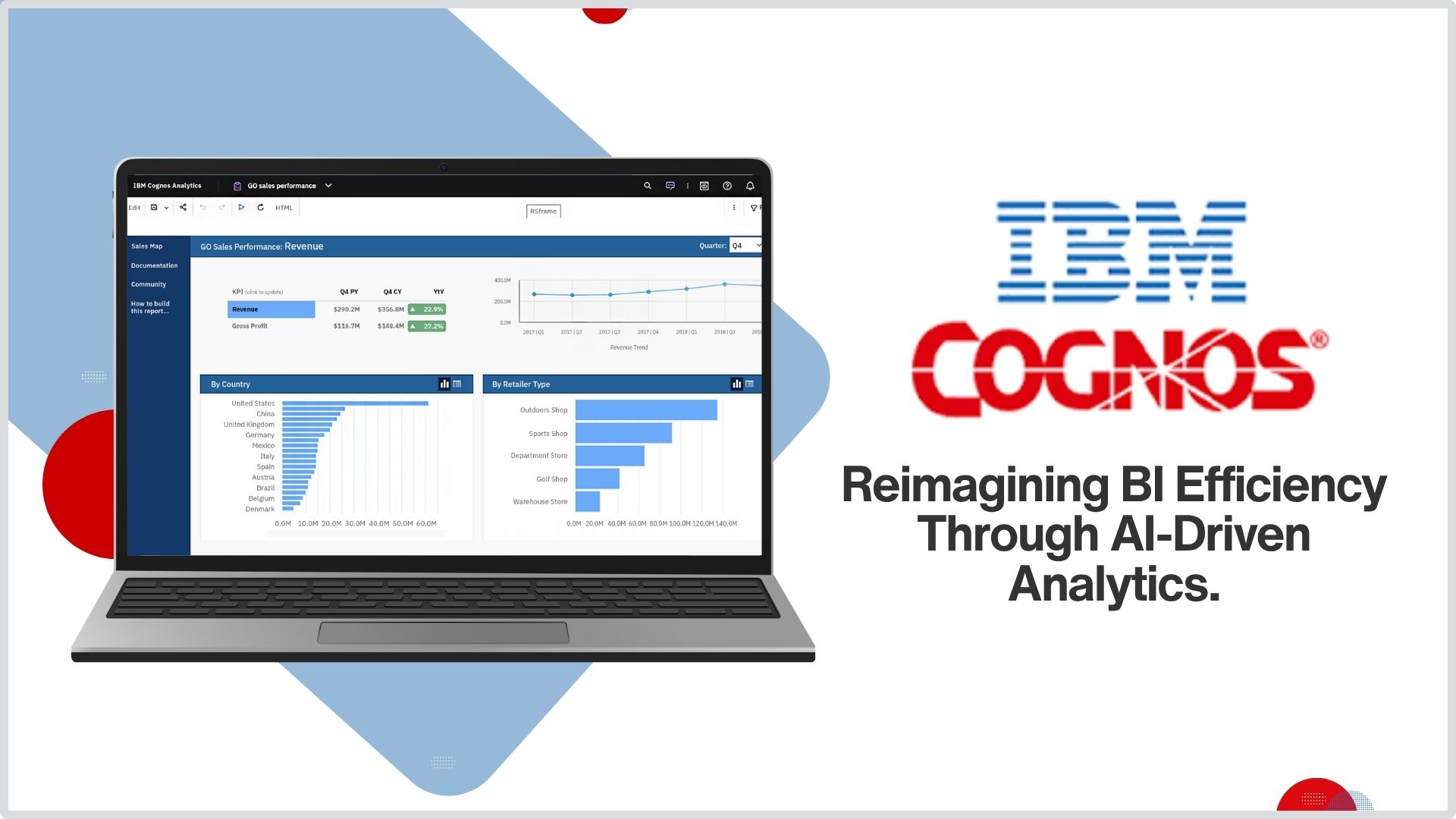What is Demand Planning?
Demand planning is one of the most fundamental operations in supply chain. While planning is already a challenge, assertiveness of the forecast contributes to a major part of it. There are several factors that contribute to low assertiveness of the forecast.
In recent times due to pandemic, a severe retailing problem is the shortage of certain essential items, e.g., facial masks, sanitizers in Eastern countries and toilet papers in Western countries. (This reflects the cultural difference and thus social behavior difference, which can be integrated in decision-making models considered before for all types of problems.)
This unprecedented pandemic is a wake-up call to all industries, including retailers and their packaging suppliers. It’s no longer just about collaborating across internal departments: It’s about humans partnering with machines in an autonomous supply chain with full transparency.
Below are some of the most common pain points of demand planning process:
Information Technology: Customer’s resistance to change to a newer tool due to complexity of tools or lack of resources to acquire the same is one of the most common reasons we hear from Demand Planers. The other side of the coin is one where the management or the organization have moved to a newer tool but are not able to tap the usability of the tool.
Speed of the planning tool is another important factor. Accuracy and Speed are the driving factors that a demand planner looks for in a Planning System. Slow demand planning system, old hardware, system integration very painful and ultimately disturb the whole supply chain management process.
Data: Too much data or too little data is the main concern for any demand planner. No matter how fancy or expensive your systems are, if you are holding onto data rather than making sure it’s in those systems, you’re still going to hit a pitfall on data flow resulting in poor accuracy.
Also, poor dashboards, collaboration and double counting of promotions leads to more noise in data. Identifying Demand signal amid chaotic Market has become more and common. It increases the burden on the forecasting system.
Demand Variability: One of the most common issues we hear from our clients are about demand variability of products or what we address as bullwhip effect which became more evident across the industries during COVID. An unexpected spike in Demand due to panic buying which result in empty shelves causing a domino effect leading to loss of sales for the retailers, confusion on procurement strategy for distributors & over swamped Manufacturing Plants.
Resource: Demand planners are the key resources in demand planning. Budgeting problems, depthless Hierarchies, right system is not available. As the world changes and technological upgrades, customer’s planning system should robust and efficient.
Process and Communication gaps: There is no one size fits all scenario when it comes to demand planning, every industry, every company, every product has a different demand depending on changing times and market scenarios. Should one adopt a Demand planning strategy that is faster or something that is slow or accurate? Is your forecast plan catering to the right channels?
Traditional Demand Planning Challenges
Traditional demand planning was no different. What began as manually kept notepads, guesswork, and rudimentary marketing analysis eventually became spreadsheets and charts that could improve demand forecasts somewhat. Since demand planning is a process that seeks to predict demand for products, because of siloed data and the time it took to turn data into insights, it still suffered from a lack of forecast accuracy.
But purchasing remained closer to inventory management because the inaccuracies of demand planning made some degree of “gut-feeling” and experience necessary at the inventory and purchase level. Like inventory management, software made demand planning more dependable. But the lack of real-time data and advanced statistical and analytical capabilities limited the ability to use demand forecasts as a guide or link to purchasing and inventory levels.
Because the entire product cycle is included, demand forecasting can be more targeted. Tactical decisions can be made with real-time data for short-term drops in demand. Strategic demand planning can be deployed in times of disruption because planners have more confidence in data quality and insights.
How to effectively manage the demand forecasting and planning?
It is important to pay attention to what the customer needs are in a crisis and factor it in the demand forecast as the present crisis has changed the buying behavior of the average grocery basket. It makes difficult to predict rapidly changing demand patterns.
As a result, the current supply chain is facing a huge challenge to keep up. Restoring balance will require changes in the way demand forecasting and planning are conducted by retailers. Therefore, taking the right action is important to avoid the negative effects of underreacting or overreacting to unforeseen events like a pandemic.
There are several steps while performing demand forecasting and planning which can be useful in a crisis like this.
- Use the recent data to analyze and forecast the trend and demand pattern of the data.
Since the pre-requisite for the traditional demand forecast methods (Trending, Extrapolation and Curve Fitting Methods, Causal and Multivariate Methods, Time-Series Analysis, etc.) is stability and need several years of historical data to perform the predictive analysis at acceptable level of accuracy, therefore, it will no longer be useful in a crisis.
- Implement advanced and machine learning algorithms;
Machine Learning is closely related to optimization. Many ML problems are formulated as the minimization of some loss function. The Gradient Descent, one of the most popular optimization algorithms in Machine Learning, is a gradient-based (obvious from its name) optimization. There are many non-gradient algorithms (derivative-free optimization) as well such as Bayesian optimization, Cuckoo search, Genetic algorithms, etc. are used when the closed form of the objective function is not available.
Machine Learning works best to a forecasting process when there is absence of historical data or highly volatile demand pattern or dealing with huge number of demand patterns,
- Implement a short-term demand forecasting and planning process to predict weekly and daily demand using relevant data (point of sales, shipments, etc.);
A traditional forecast model could not have predicted the short-term demand. For example, one can see the unprecedented demand for sanitizers, face mask and cleaning supplies and on the other side there is a huge downfall on the demand for airline bookings, hotel reservations, and cruise line reservations. In such a pandemic, short-term demand forecast models, which use data from most recent weeks and are nimble to adapt to emerging trends, should be utilized.
- Incorporate sales media information into demand forecasting by carrying out text mining and sentiment analysis to determine which products are out of stock or rapidly off store shelves, etc.
- Focus on the granular view and regional geo areas;
Consumer demand patterns are varying across countries since many retailers are experiencing huge spikes across local geographies in excess of 800% for over-the-counter cold and flu medicines while food items are in excess of 25-50%.
Change in consumer demand shifted dramatically in the periods before the lockdown. Sales for cleaning and safety products like sanitizing alcohol, tissues, bleach, hand soap and toilet paper increased exponentially, while raw ingredients and long shelf-life products like flour, rice, pasta, pasta sauce, frozen food and water had comparatively lower increases.
Collaboration and full transparency between retailers and their suppliers are crucial to identifying and acting upon demand signals and changes in demand patterns. Constant communication will enable retailers and their suppliers to act fast and appropriately to mitigate root cause threats that contribute to under-predicting demand for essential items.
- Handle the abnormal historical data after everything goes back to normal
As the Coronavirus crisis begins to subside, and demand patterns get back to normal, we need to address the abnormal demand patterns in the historical data.
The biggest challenge for demand analysts will be to cleanse those abnormal demand patterns out of the demand history to reflect normal demand patterns. Many will fall back to the practice of manually removing the abnormal historical demand without realizing they are erasing key information, as well as possibly over- or under-projecting what the normal demand would have been if the crisis had never occurred. This presents a valuable an opportunity to learn from a tragic situation.
The best approach is to view those historical abnormalities as outliers and agree not to manually cleanse the data. This is another opportunity to capture those outliers and adjust the historical demand using advanced analytics.
By simply adding outlier variables (also known as dummy variables or intervention variables) to existing models, the demand analyst will be able to capture the abnormal demand patterns whether positive or negative, as well as automatically optimize the historical demand to reflect normal demand patterns.
More importantly, they will capture those patterns to be used in future crises. There will be no need to manually replace all or part of the abnormal demand historical data or input missing values for those dates. In other words, we can capture the shape of the event using more advanced modelling techniques and remove it from the history so it can be reused in the future if something similar happens.
Conclusion
This approach provides a brief overview to handle the most challenging decisions that demand analysts and planners are presently facing. This will provide a complete and sophisticated understanding of the implications of identifying, analyzing, and predicting changing demand patterns. This will enable retailers and consumer goods companies to judge which analytic tools and technology can and can’t help them make real-time decisions at various levels of uncertainty.
This is necessary to leverage the collaboration between humans and machines to fight an invisible enemy that threatens our way of life and our economy like none other. Together, we can detect abnormalities faster, identify immediate shifts in demand patterns, and make decisions in real time. There’s no time for hesitation or mulling over options.











